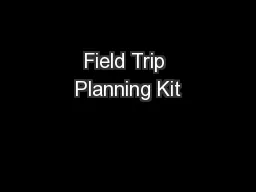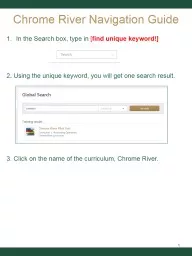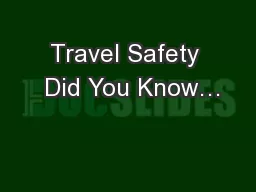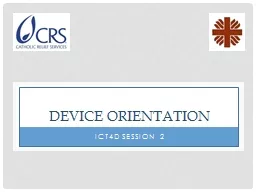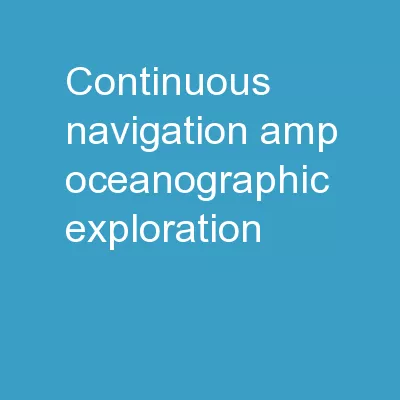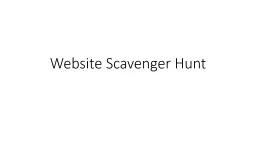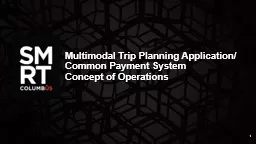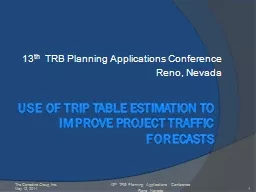PDF-Note: When planning a trip for the first time your navigation device a
Author : stefany-barnette | Published Date : 2016-08-14
TomTomXXL 10 You can change this setting at any time by tapping the flag5Start to type the name of the town where you want to goAs you type the names of the towns
Presentation Embed Code
Download Presentation
Download Presentation The PPT/PDF document "Note: When planning a trip for the first..." is the property of its rightful owner. Permission is granted to download and print the materials on this website for personal, non-commercial use only, and to display it on your personal computer provided you do not modify the materials and that you retain all copyright notices contained in the materials. By downloading content from our website, you accept the terms of this agreement.
Note: When planning a trip for the first time your navigation device a: Transcript
Download Document
Here is the link to download the presentation.
"Note: When planning a trip for the first time your navigation device a"The content belongs to its owner. You may download and print it for personal use, without modification, and keep all copyright notices. By downloading, you agree to these terms.
Related Documents


